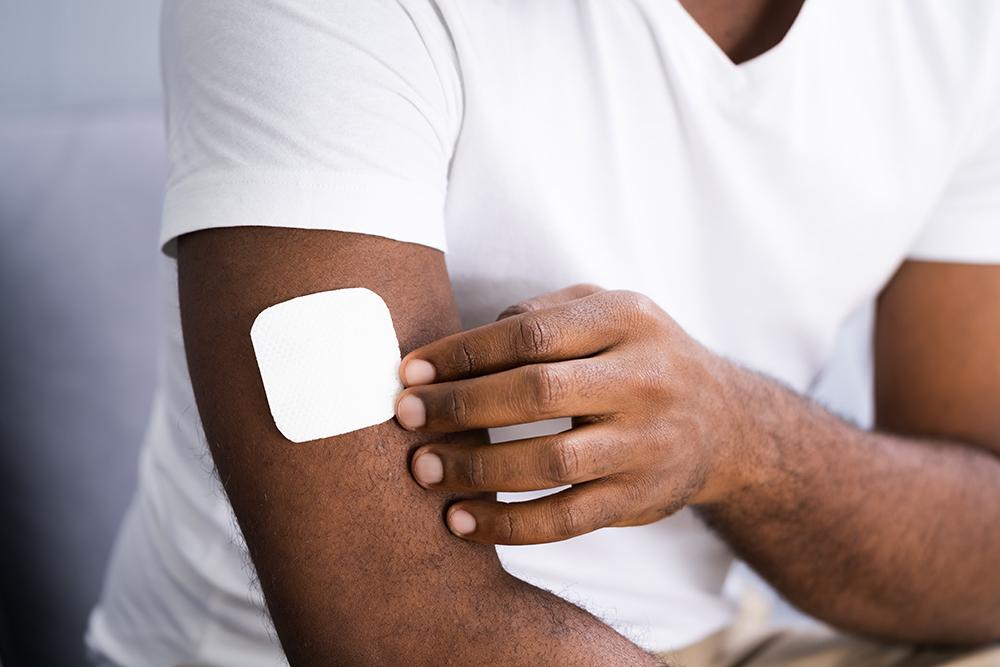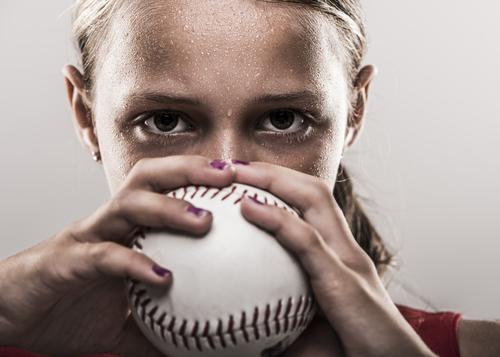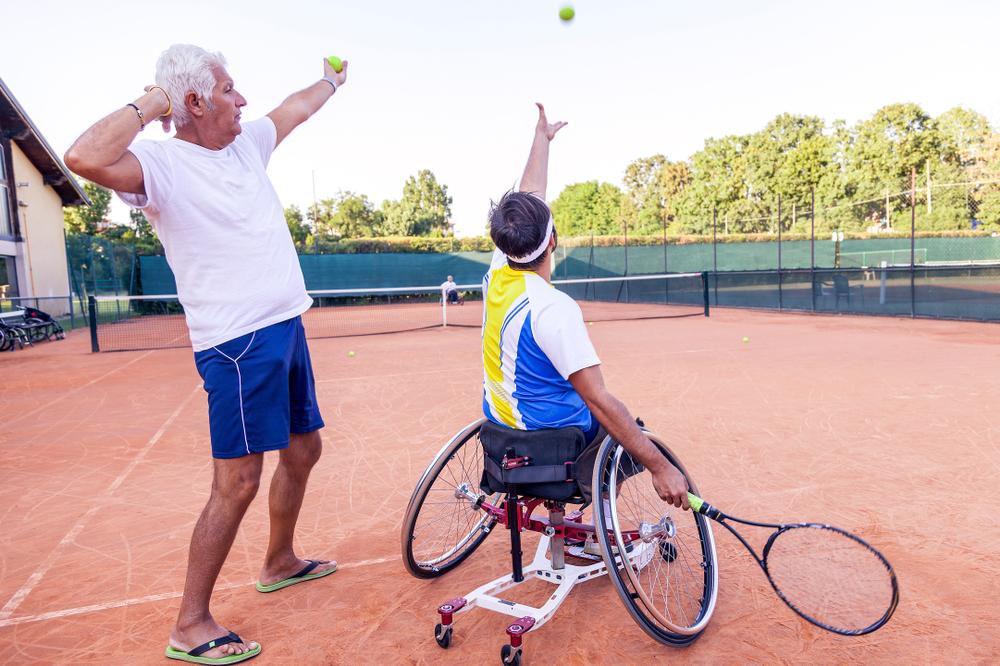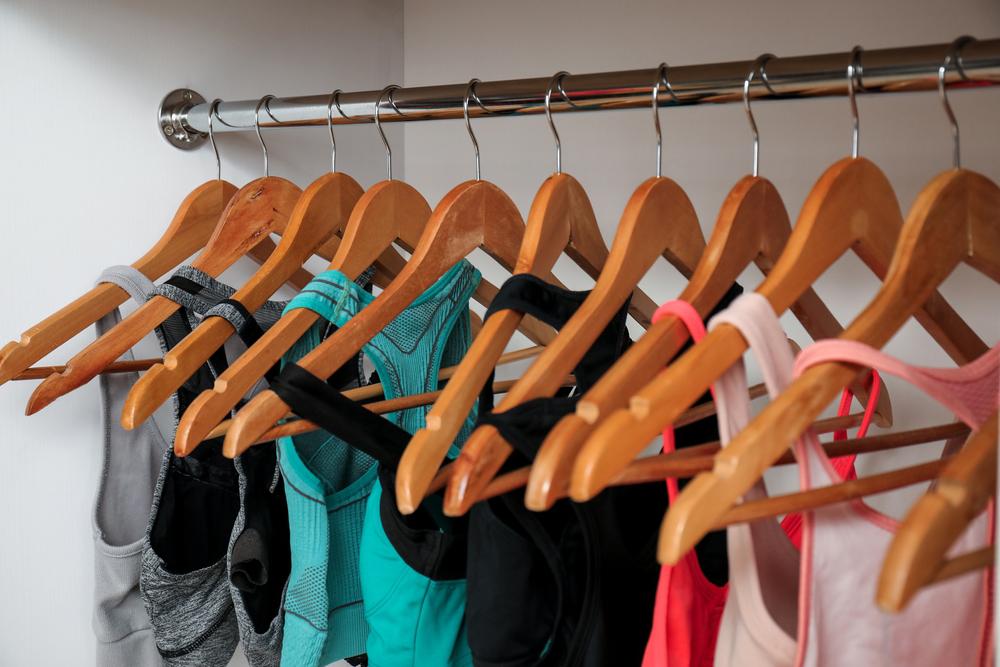 You may be hearing a lot of buzz around sweat testing for athletes, especially as more companies bring out sweat testing patches that are easier to wear during practice and competition. But does sweat testing actually make a difference for the average athlete?
You may be hearing a lot of buzz around sweat testing for athletes, especially as more companies bring out sweat testing patches that are easier to wear during practice and competition. But does sweat testing actually make a difference for the average athlete?
Here, TrueSport Expert Stephanie Miezin, MS, RD, CSSD and Director of Nutrition at Canyon Ranch, shares some of the nuances and information you need to know before recommending your athletes start measuring sweat rate.
What does a sweat patch do?
Sweat patches give an athlete an estimation of sodium concentration in their sweat as well as overall sweat volume. They’re not perfectly accurate—that would require in-lab testing—but they come close and can provide a starting point when it comes to knowing how much fluid and electrolytes to consume to maintain optimal hydration status. There are other simple ways to calculate an athlete’s sweat rate, but the patch also provides information on electrolytes in the sweat.
What are the limitations of a sweat patch?
 “Sweat testing by using patches is still in its infancy in terms of how we as coaches can really use it to make change for our athletes,” says Miezin. “There has been some research and validation from the maker of the most widely available sweat patch, but it’s still only been around for a couple of years.”
“Sweat testing by using patches is still in its infancy in terms of how we as coaches can really use it to make change for our athletes,” says Miezin. “There has been some research and validation from the maker of the most widely available sweat patch, but it’s still only been around for a couple of years.”
Similarly, it is important to consider the source: If the sweat patch is coming from a sports hydration brand and the information is only available through their app, it’s worth taking the brand’s recommendations with a grain of salt. But more importantly, we need to remember that the young athletes we work with may simply not need this level of data this early in their athletic careers.
“If we are doing sweat testing on young kids, are we starting to push them too hard and focus too much on the performance, rather than the process?” asks Miezin. “As coaches, we have to find that line between having fun and improving performance. Sweat patches can be useful in some cases, but especially with a younger population, I have some hesitancy recommending them for all athletes.”
When are sweat patches a good idea?
Recommending sweat patches for athletes shouldn’t be done as a blanket recommendation for the whole team, but rather, on an athlete-by-athlete basis. “If an athlete feels like they are having issues with hydration, meaning they regularly feel like they’re becoming dehydrated during activity, that could be a good reason to try a sweat patch and see the results,” says Miezin. “The patch may also be helpful for events where coaches have heightened concerns about an athlete maintaining good hydration: If an athlete is training for an event that’s going to take place in a really hot and humid environment, or the event is a long duration, the sweat patch can be a tool to support their safety.” She notes that the sweat patch may also be helpful in ruling out hydration or electrolyte imbalance as the issue if an athlete is dealing with regular cramping during workouts.
Should an athlete wear a sweat patch all the time?
Logistically, sweat patches aren’t an ideal long-term monitoring solution for a team, since they are single use and can become cost prohibitive. Because of that, if you do want an athlete to use a sweat patch, it’s best to use the patches during specific practices or competitions that are happening in the conditions you want to assess.
What should you do with the data from the sweat patch?
 This is one of the limitations of the sweat patch: The accompanying app provides broad ranges for hydration and electrolytes based on the readings, but it’s up to the athlete and their support team to find the hydration plan that works the best. No patch can account for all of the variables that help an athlete know how much to drink during any given workout. While it’s tempting to think that a sweat patch will solve your athletes’ hydration problems, it really just provides some information that needs to be combined with other subjective and objective data from the athlete to find the right balance. If you do use a sweat patch with your athletes, Miezin recommends finding a sports dietitian who can help decode the data and provide more solid recommendations to your athletes.
This is one of the limitations of the sweat patch: The accompanying app provides broad ranges for hydration and electrolytes based on the readings, but it’s up to the athlete and their support team to find the hydration plan that works the best. No patch can account for all of the variables that help an athlete know how much to drink during any given workout. While it’s tempting to think that a sweat patch will solve your athletes’ hydration problems, it really just provides some information that needs to be combined with other subjective and objective data from the athlete to find the right balance. If you do use a sweat patch with your athletes, Miezin recommends finding a sports dietitian who can help decode the data and provide more solid recommendations to your athletes.
Are more athletes starting to use sweat patches?
“You are probably going to be seeing more patches as more companies come out with their own,” says Miezin. “But like any performance tool, we need to be very careful and conscious about how we use it with younger populations. When it comes to sweat rate, there are other obvious indicators, and before considering a sweat patch, try paying attention to the free cues! If an athlete is sweating profusely and soaking their clothes, or if the sweat is drying white or the athlete says it tastes sweaty, those are obvious signs that the athlete needs more fluids and electrolytes. Rely on those cues first, before adding something like a sweat patch.”
______________________________________
Takeaway
You may be seeing more and more athletes using sweat testing as a tool in training but remember that most athletes are perfectly fine without it, as long as they (and you) are paying attention to how they’re feeling and hydrating appropriately. Also, reserve the use of things like sweat rate testing for older athletes who are more high-performance-oriented, and consult with a sports dietitian to put the data from the sweat patch into a proper hydration plan.



